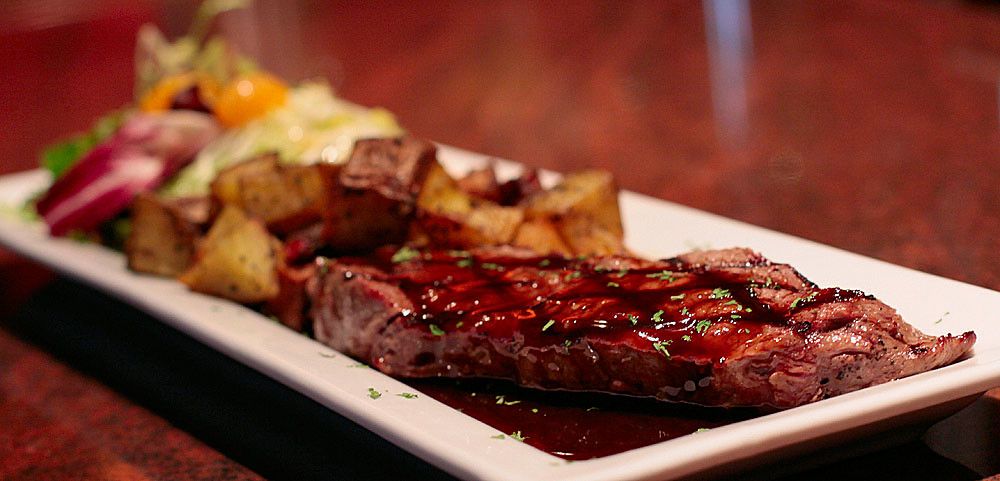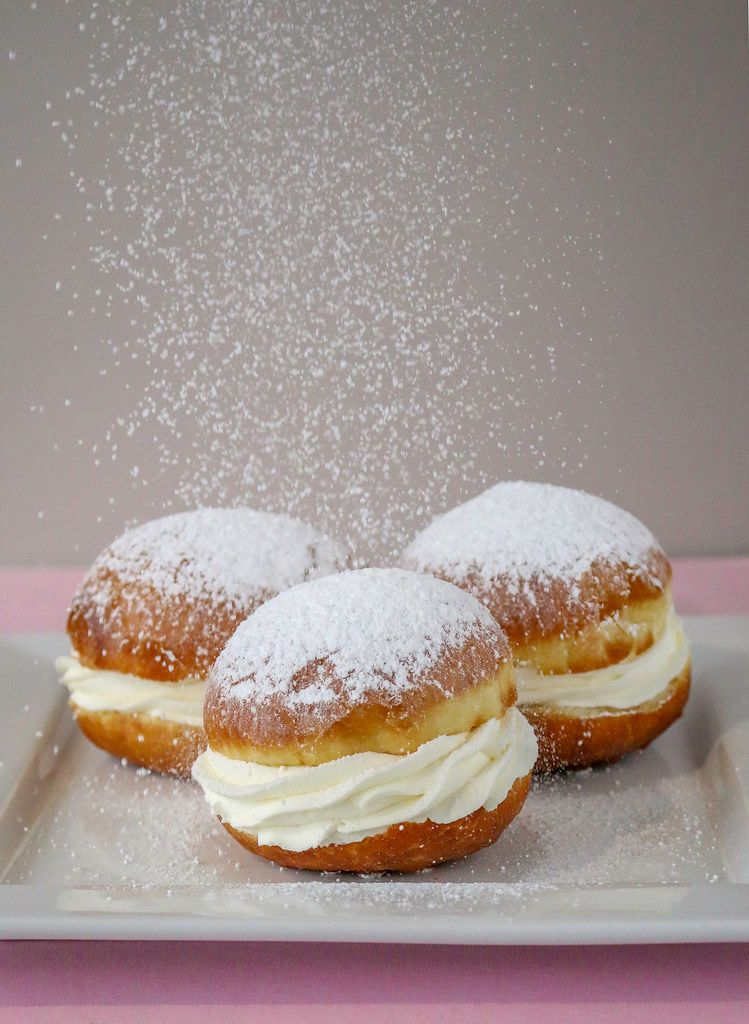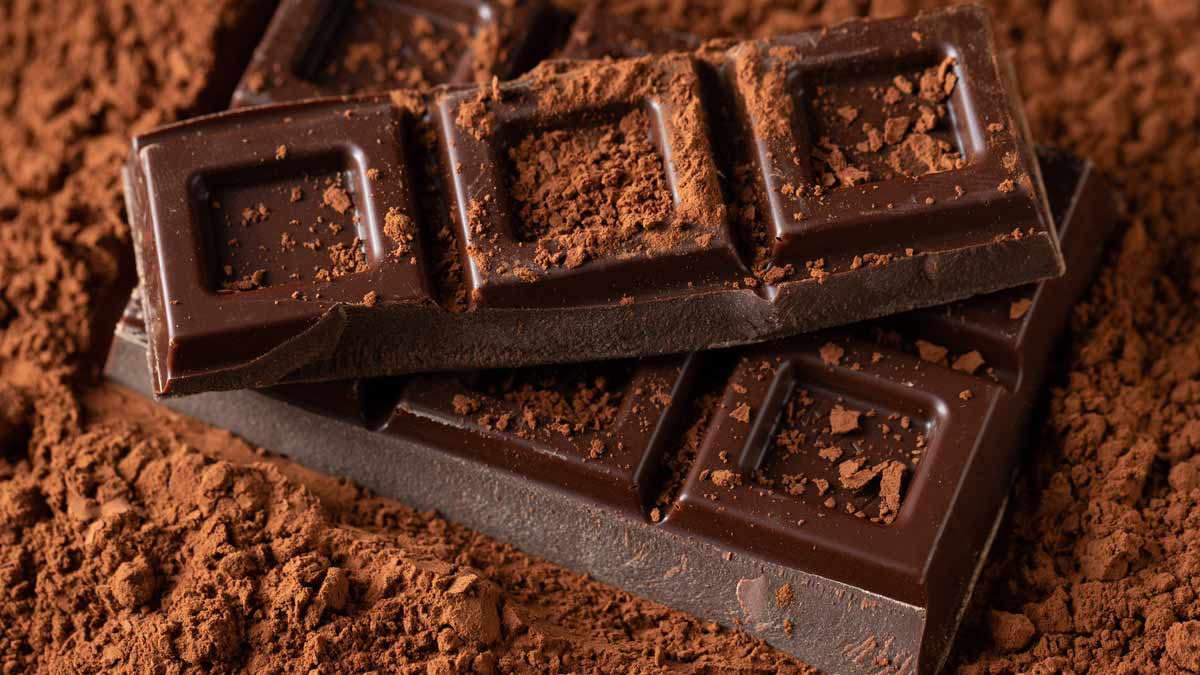Once upon a time, American refrigerators and convenience stores brimmed with a fascinating assortment of quirky sodas, unique juices, and inventive energy drinks that now exist mostly in the hazy realm of memory. These beverages weren’t just thirst-quenchers; they were often the stars of lunchboxes, vending machines, and summer barbecues, each cultivating its own devoted following. But as tastes evolved, corporate titans played musical chairs with brands, and fierce competition heated up, these beloved concoctions quietly, and sometimes abruptly, vanished from our shelves.
It’s a peculiar kind of nostalgia, isn’t it? The phantom fizz of a forgotten grape soda, the distant memory of a brightly colored, fruit-flavored sensation, or the jolt from a drink that promised to power your all-nighters. Rediscovering these lost sodas isn’t just a trip down memory lane; it’s a journey through the evolution of our food landscape, a peek into bold experiments and sometimes monumental corporate miscalculations that reshaped the industry as we know it today. So, buckle up, because we’re about to embark on a delightful deep dive into the fizzy folklore of America’s disappeared drinks.
In this first part of our expedition, we’re uncorking the tales of seven once-popular American beverages that made a splash—for better or worse—but couldn’t quite maintain their market presence. From a cola so controversial it sparked a national outcry to a drink that looked like a portable lava lamp, these stories offer a fascinating glimpse into the whimsical, ambitious, and sometimes bewildering world of soft drink innovation.
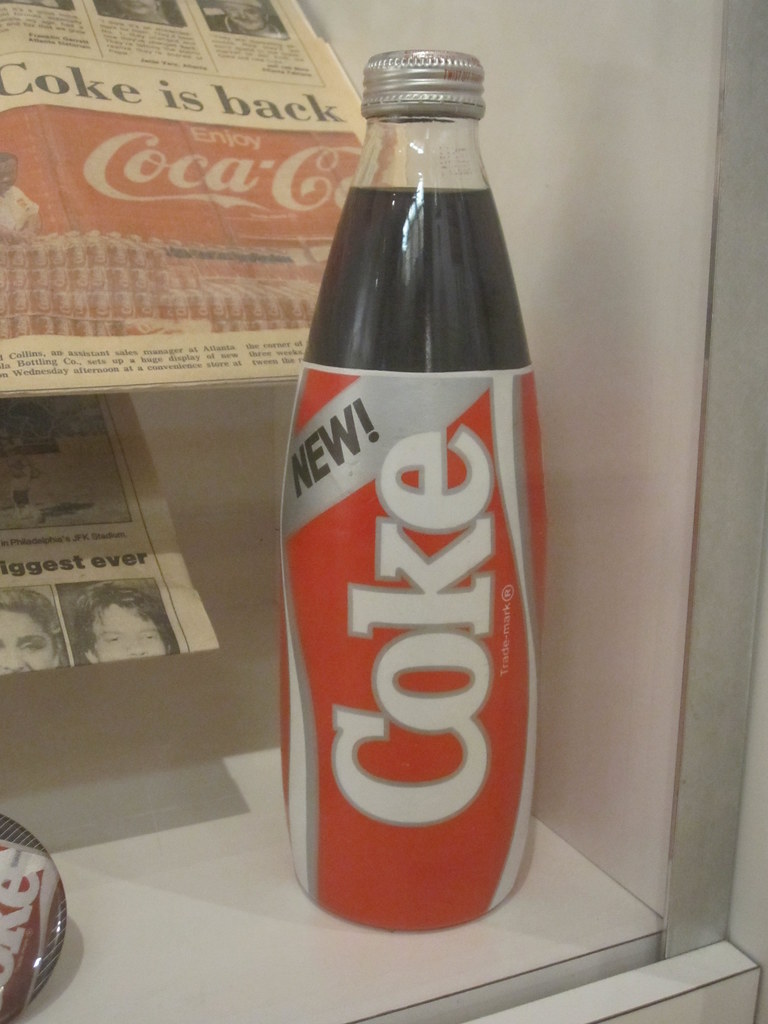
1. New Coke
When Coca-Cola executives decided to tinker with their flagship formula, they unleashed what would become arguably the beverage industry’s most infamous consumer backlash. Imagine, for a moment, the sheer audacity: replacing a taste that had become an integral part of America’s cultural memory. The company had actually spent years diligently developing this new taste, confident it would refresh their brand for a new era.
However, when the reformulation hit shelves in 1985, the reaction was immediate and overwhelmingly negative. Protests erupted, loyal consumers felt betrayed, and the public outcry was so intense that Coca-Cola found itself in an unprecedented PR crisis. It was a spectacular failure, a cautionary tale for anyone daring to replace a beloved original with a new product, no matter how much research went into it. The company backpedaled with remarkable speed, reintroducing “Coca-Cola Classic” within months, effectively admitting defeat.
New Coke’s swift retreat proved that some things are more than just products; they are woven into the fabric of national identity. Its brief, tumultuous run cemented its place in history not as a tasty innovation, but as a monument to the power of consumer sentiment and the perils of underestimating public attachment to an established brand. Even today, the phrase “New Coke” serves as shorthand for a disastrous product launch, a powerful testament to its enduring legacy.
Read more about: The Futile Fight: Why Studios and Brands Can’t Erase Online Failures in the Social Media Age
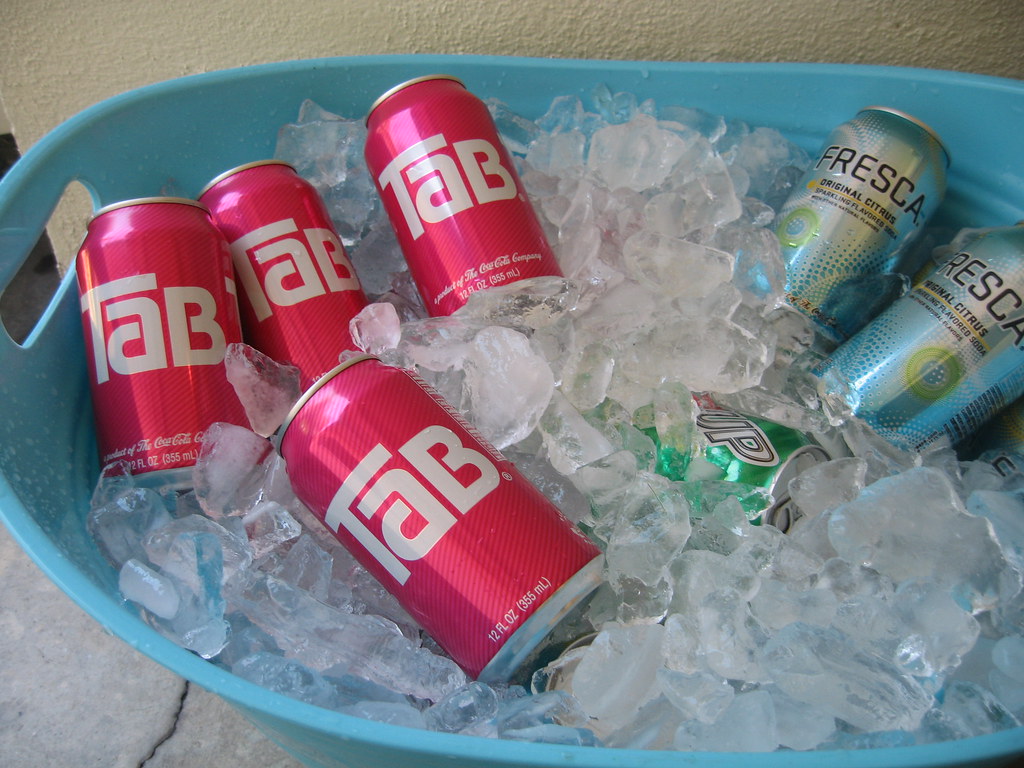
2. Tab
Before Diet Coke became the ubiquitous choice for calorie-conscious consumers, there was Tab, a pioneer that proudly sported an eye-catching pink can, making it instantly recognizable on grocery shelves as early as 1963. This saccharin-sweetened trailblazer was Coca-Cola’s very first foray into the diet soda market, carving out a significant niche and garnering a devoted following, especially through the 1970s and ’80s.
Tab’s distinctive flavor, often described as having a unique, almost metallic aftertaste by some and a delightful sweetness by others, was a signature of its era. It proved that consumers were ready for sugar-free options, paving the way for the diet beverage boom that followed. However, its reign as the premier diet soda wouldn’t last forever, as the introduction of Diet Coke in 1982 gradually pushed Tab to the sidelines.
Despite Diet Coke eventually outselling it, Coca-Cola famously kept Tab around for decades, largely due to an aggressively devoted fanbase who stockpiled the drink in anticipation of its eventual demise. When Coca-Cola finally pulled the plug in 2020, citing a desire to streamline its product line, it marked the end of an era. Today, those iconic pink cans are no longer just diet drinks; they command premium prices in the collector market, transforming Tab into a valuable piece of beverage history, a testament to its unique place in our collective memory.
Read more about: The Hollywood ‘What-Ifs’: Iconic Roles That Almost Went to Completely Different Stars
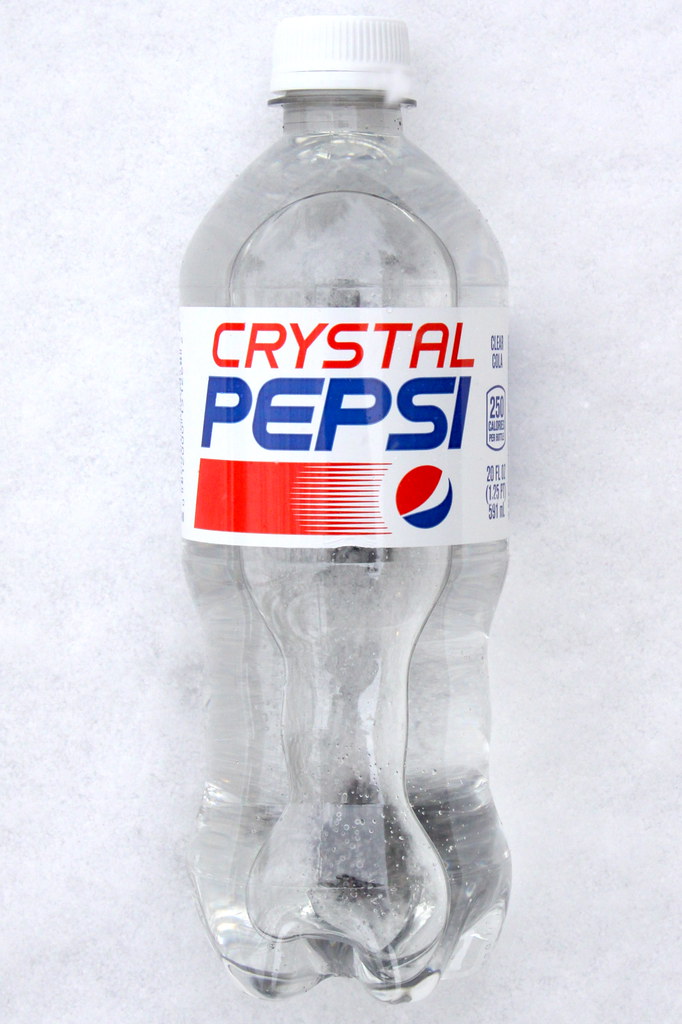
3. Crystal Pepsi
In the early 1990s, the “clear product” craze was sweeping through various industries, from clear plastic electronics to school supplies. Pepsi decided to translate this trend into beverage form, introducing Crystal Pepsi in 1992. This caffeine-free experiment aimed to captivate soda lovers with its transparent look, promising a “pure” cola experience without the traditional caramel coloring. It quickly generated significant buzz, becoming a pop culture phenomenon with catchy commercials and a novel appearance that made it a must-try for curious consumers.
The marketing push for Crystal Pepsi heavily emphasized its clarity, positioning it as a cleaner, purer alternative. However, while the concept was visually striking, the taste proved to be a different story. Many consumers found its flavor oddly similar to regular Pepsi, which confused the expectations set by its crystal-clear presentation. The disconnect between its appearance and the expected cola taste was a significant hurdle.
Ultimately, despite the initial excitement and widespread marketing, the public’s negative response forced Crystal Pepsi from shelves by 1994. It proved that consumers often have strong, deeply ingrained color expectations for their cola, and a dramatic visual change needed a taste experience to match. Yet, even in its failure, Crystal Pepsi remains one of the most iconic beverage concepts ever created, a legendary example that beverage executives still whisper about today when considering dramatic visual changes to iconic products. It even saw a brief return for its 30th anniversary in 2022, proving its enduring place in soda history.
Read more about: Sip Smarter, Live Better: The 12 Worst Drinks for Your Kidneys, According to Nephrology Specialists
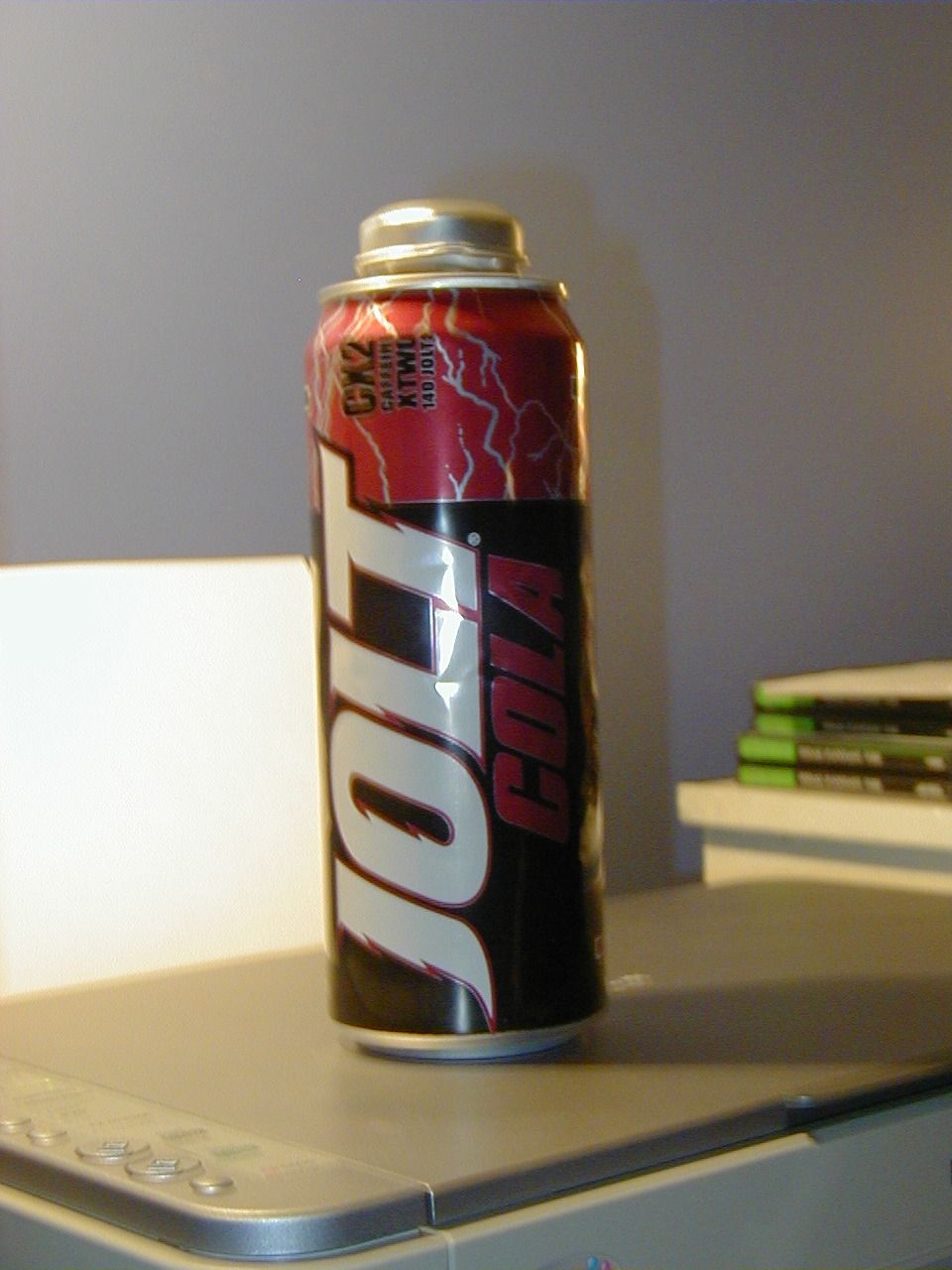
4. Jolt Cola
If you were pulling all-nighters in college during the late 1980s or toiling away on a night shift, chances are Jolt Cola was your caffeinated companion, fueling your cramming sessions or keeping you alert. This functional beverage burst onto the scene in 1985 with a straightforward, no-nonsense proposition: maximum caffeine and maximum sugar. It was marketed as a direct counterpoint to the diet-centric trends that were on the rise at the time, offering an unapologetic boost.
Jolt Cola’s straightforward promise resonated immediately with students, truck drivers, and anyone needing an extra kick. Its distinct cola flavor, combined with its high energy content, quickly earned it a loyal following. The brand eventually morphed into Jolt Energy, demonstrating its pioneering role in a category that would soon explode. Indeed, Jolt’s functional, caffeine-delivery proposition created the entire functional beverage category, decades before today’s energy drinks like Red Bull and Monster dominated convenience store coolers.
Unlike many other drinks on this list, Jolt Cola saw a good run for many years, a testament to its effective targeting of a specific need. However, after experiencing financial difficulties in 2008, the brand was forced to declare bankruptcy the following year. While Jolt made a brief return in 2017 at select locations, it appears to have been completely discontinued as of 2020, leaving a legacy as the original high-octane soda that paved the way for a multi-billion dollar industry.
Read more about: Seriously What Happened?! 10 Classic Snacks That Vanished From Grocery Store Shelves — A Taste of Childhood Past!
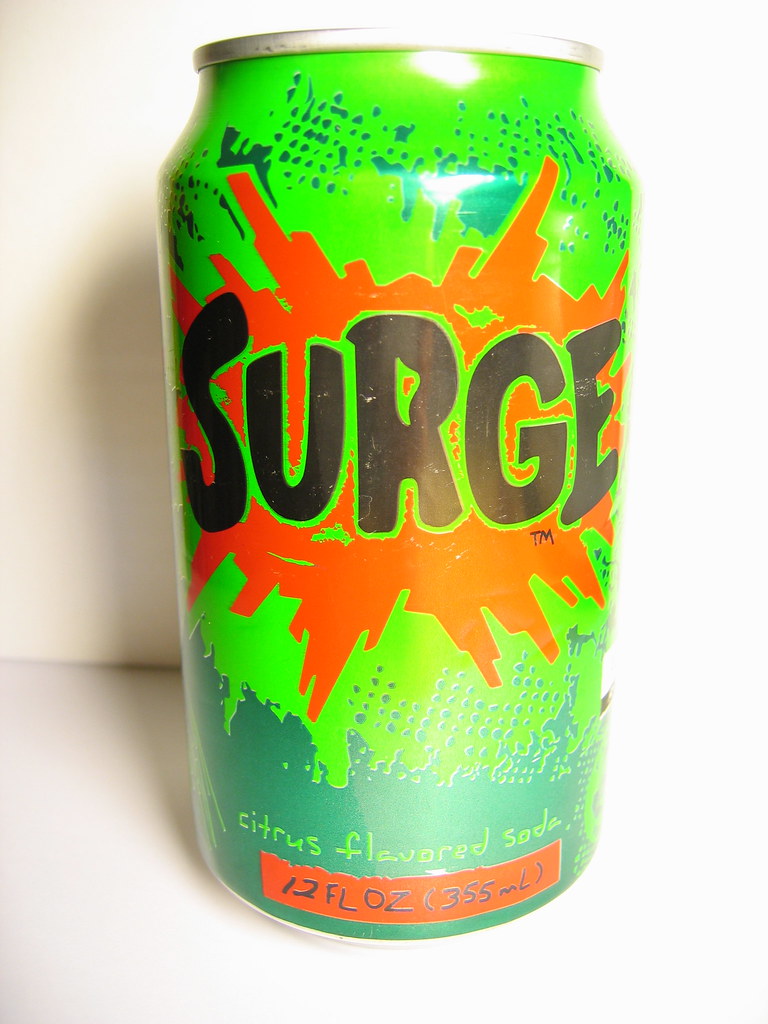
5. Surge
In 1997, Coca-Cola unleashed Surge, a vibrant, neon-green citrus-flavored assault designed to go head-to-head with Mountain Dew. Its extreme marketing campaign perfectly captured the pre-millennium youth culture, targeting teenage boys with a high-octane beverage for thrill-seekers and gamers. Surge quickly gained a loyal following among teens who loved its bold taste and edgy branding, establishing itself as the aggressive alternative to established citrus sodas.
Surge lived up to its name, promising an intense rush of flavor and energy-boosting ingredients. It wasn’t necessarily discontinued due to low sales, but rather due to a shift in marketing strategy within Coca-Cola, with a change in leadership leading to a decline in stock and the soda’s discontinuation in 2003. It was a casualty of corporate restructuring, rather than a lack of consumer appeal, which makes its story even more compelling.
The absence of Surge sparked a fervent, almost legendary, fan movement. Loyal followers worked tirelessly to bring the soda back, going so far as to purchase a billboard near Coca-Cola headquarters and organizing one of the first successful social media revival campaigns. Their petitioning worked, at least momentarily, as Surge briefly returned for a limited-time run in 2014, and has made limited comeback appearances fueled by nostalgic demand, providing valuable consumer data while satisfying devoted fans. It’s a prime example of how a dedicated fanbase can make a real difference, even years after a product disappears.
Read more about: The Hollywood ‘What-Ifs’: Iconic Roles That Almost Went to Completely Different Stars

6. Orbitz
If ever there was a drink designed to transform boring beverage shelves into psychedelic showcases, it was Orbitz, launched in 1997 by Clearly Canadian. This novelty was less a traditional drink and more a liquid curiosity, visually resembling a portable lava lamp thanks to its suspended, brightly colored gelatin balls floating in a clear, fruit-flavored liquid. It was a visual marvel, an instant conversation starter that captured the wacky creativity of the ’90s.
The premise was simple yet mesmerizing: tiny, edible spheres of various colors and flavors suspended within a translucent, fruit-flavored drink. The visual effect was undeniably cool, making Orbitz a fascination for anyone who encountered it. However, the drinking experience itself often left much to be desired. Many consumers found the gelatin beads off-putting—a strange texture that didn’t quite mesh with the act of drinking—and the flavors themselves were often polarizing, sometimes compared to cough syrup or even Pine-Sol.
The novelty, sadly, soon wore off. Despite its initial success driven by sheer visual appeal, Orbitz couldn’t overcome the hesitation caused by its unusual texture and inconsistent taste. It disappeared from shelves within a year, proving that beverage texture experiments require exceptional taste to truly succeed. Today, unopened bottles of Orbitz are sought after by collectors as nostalgic oddities, transforming a commercial failure into a cherished piece of beverage history, proving that sometimes, the packaging outlives the product’s potable appeal.
Read more about: Seriously What Happened? 9 Vintage Sodas That Vanished From Store Coolers — A Bubbly Trip Down Memory Lane.
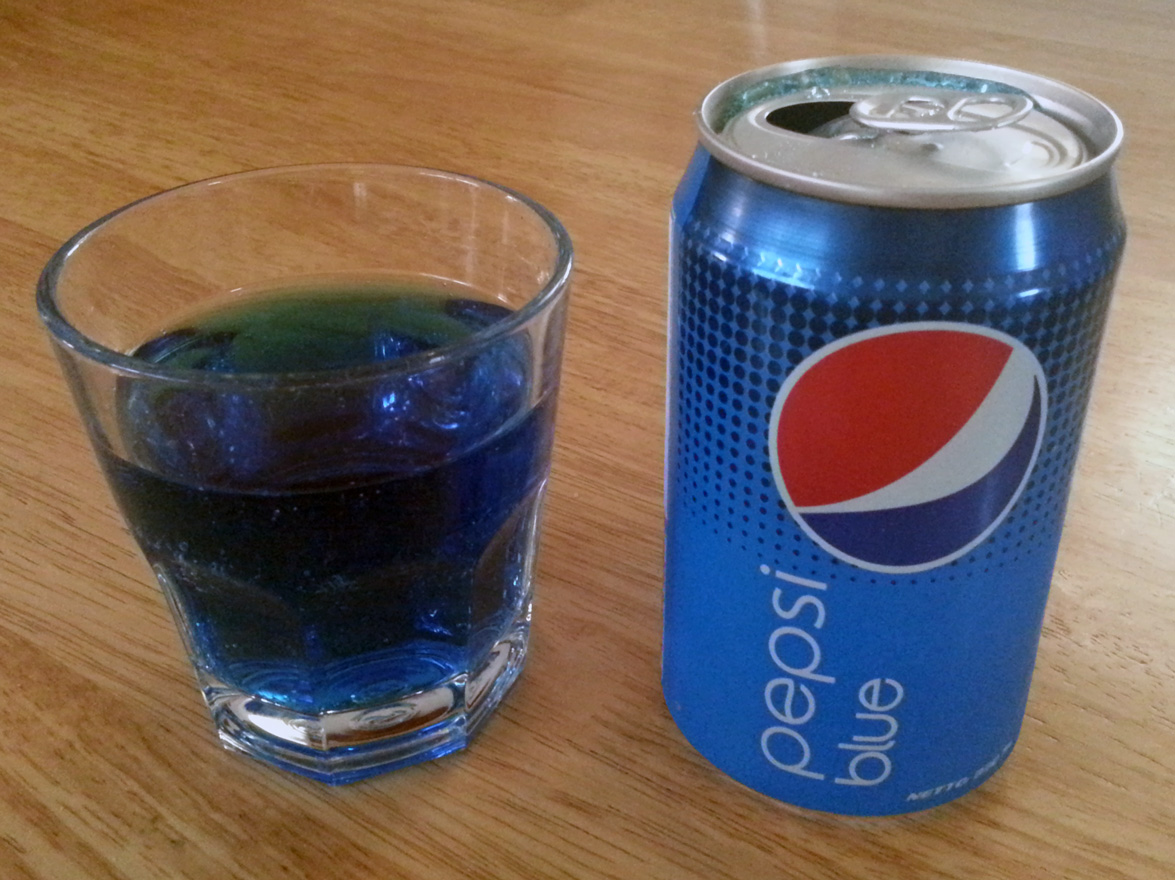
7. Pepsi Blue
When Pepsi needed a splashy product to pair with the undeniable star power of Britney Spears, they cooked up an electric blue berry concoction that looked more at home in a chemistry lab than in a refrigerator. Pepsi Blue made a bold entrance in 2002, determined to make a vibrant statement. It was a berry-flavored experiment, a striking departure from traditional cola colors, and was marketed heavily to younger consumers, even earning a spot in movies and TV shows of the era.
Pepsi dedicated significant resources to its launch, including a heavy push at New York Mets games and a rumored 100 different recipes tested to achieve its unique flavor profile, a mix of blueberry and raspberry. The eye-popping color was undeniably its strongest selling point, making it stand out dramatically on shelves and becoming a pop culture curiosity. It seemed, for a moment, that the sheer audacity of its hue might carry it to success.
However, despite the celebrity endorsement and widespread marketing, Pepsi Blue ultimately ended up falling flat with the company’s fanbase. Its flavor proved divisive, failing to establish a clear identity beyond its color gimmick. Furthermore, artificial coloring began to raise eyebrows among health-conscious consumers. Consequently, Pepsi Blue was discontinued after only two years on the market in the U.S. by 2004. While it has resurfaced in limited international revivals, offering a literal taste of that era’s extreme color experimentation, its domestic failure remains a memorable lesson in the limits of novelty and celebrity endorsement without a universally appealing taste.” , “_words_section1”: “1997
As our expedition through the archives of fizz continues, we’re peeling back the labels on seven more fascinating lost beverages, each with a unique story of ambition, innovation, and eventual disappearance. These aren’t just mere drinks; they’re snapshots of evolving consumer preferences, daring marketing gambits, and the relentless corporate shifts that constantly reshape our grocery store aisles. Prepare to uncover hidden gems and some truly peculiar concoctions that once vied for a spot in your refrigerator but now reside only in the annals of beverage lore.
Read more about: Sip Smarter, Live Better: The 12 Worst Drinks for Your Kidneys, According to Nephrology Specialists

8. Frostie Root Beer
Frostie Root Beer holds a special place in the hearts of many who remember the golden age of drive-in culture. This classic American soft drink, first hitting the market in 1939, quickly earned a reputation for its incredibly smooth, velvety character. Its distinctively creamy texture was a true differentiator, something that competitors struggled to match, making it a standout choice at burger joints and diners across the nation.
For decades, Frostie was synonymous with the quintessential American casual dining experience. Its rich, satisfying flavor profile, delivered through that signature creamy formula, defined what many considered to be the perfect root beer. It wasn’t just a drink; it was an integral part of the experience of enjoying a burger and fries, a comforting taste that evoked simpler times and warm summer evenings.
However, like many beloved classic drinks from the 1970s, Frostie Root Beer eventually began to fade from prominence. After Monarch Beverage acquired the brand, marketing support gradually dried up, leading to its quiet disappearance from widespread distribution. While today’s root beer enthusiasts might only find this level of richness in vintage-inspired craft sodas, Frostie’s legacy as a creamy, unforgettable classic lives on, a testament to its once-unrivaled formula.
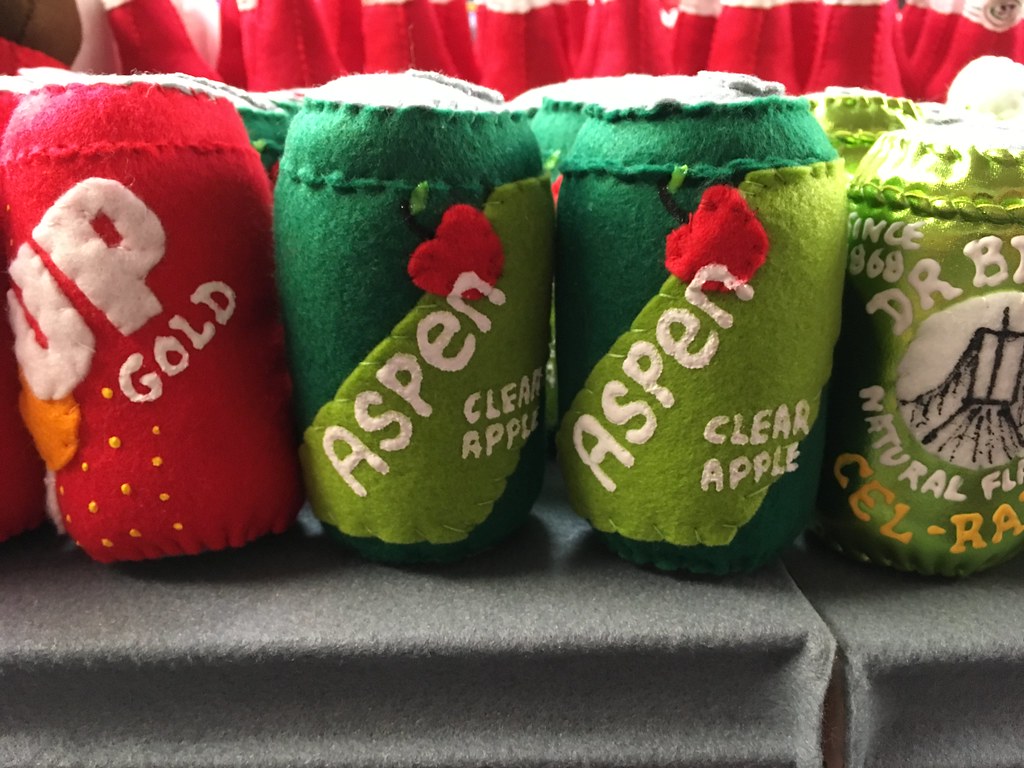
9. Aspen
For consumers who found themselves weary of the standard cola offerings in the mid-1970s, Pepsi offered a refreshing and rather daring alternative: Aspen. This innovative beverage was designed to deliver a crisp apple flavor, marking Pepsi’s first significant departure from traditional cola and lemon-lime profiles. Its bright green packaging immediately signaled something different, promising a taste experience unlike anything else on the market.
Aspen’s introduction was certainly a bold move, an early venture into fruit-flavored sodas that aimed to capture a new segment of adventurous palates. It represented a forward-thinking approach to beverage development, anticipating a shift in consumer interest away from conventional options. The company clearly saw potential in expanding beyond the well-trodden paths of cola wars.
Unfortunately, it appears the market simply wasn’t quite ready for Aspen’s unique proposition at the time. Despite its innovative concept and distinct flavor, the apple soda struggled to gain widespread traction and ultimately faded away by the early 1980s. While Aspen itself didn’t endure, its pioneering spirit paved the way; when modern craft soda makers introduce apple flavors today, they are, perhaps unknowingly, paying homage to this ahead-of-its-time experiment that dared to be different.
Read more about: Anguish on the Freeway: 15 Compacts Buyers Wish They Never Drove Off the Lot
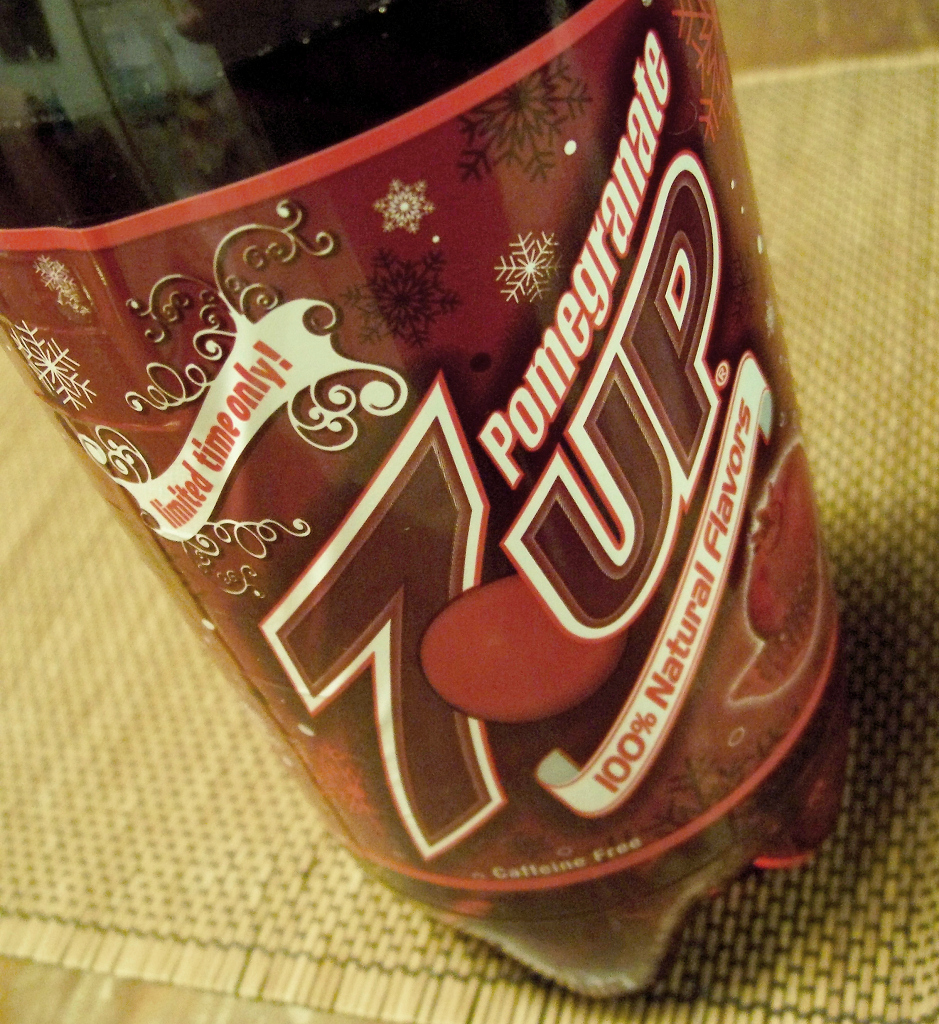
10. 7Up Gold
In 1988, 7Up launched 7Up Gold, a product that swiftly became infamous for causing an identity crisis even within its own marketing department. This spiced soda, prominently featuring cinnamon notes, was an attempt by the brand to innovate beyond its classic lemon-lime flagship. The intention might have been to introduce a sophisticated, warming flavor, but its execution was marred by truly baffling promotional choices.
The most glaring blunder was the tagline “never had it, never will,” which directly contradicted the very act of selling a new product. To compound the confusion, the marketing claimed it was caffeine-free, yet the drink actually contained caffeine, a factual inconsistency that quickly eroded consumer trust. It was a spectacular example of how contradictory messaging can sink even the most interesting flavor innovations.
Product identity crises, as 7Up learned with Gold’s rapid failure, are a potent recipe for disaster in the competitive beverage industry. Consumers expect clarity and consistency, and when a brand’s own message is muddled, it’s a losing battle. 7Up Gold’s brief, confusing run serves as a memorable and expensive lesson in the critical importance of a cohesive and honest brand narrative, a tale often recounted in marketing textbooks.
Read more about: The ’80s Sweet Spot: 14 Iconic Candy Bars That Vanished from Convenience Stores, Leaving Us Craving More!
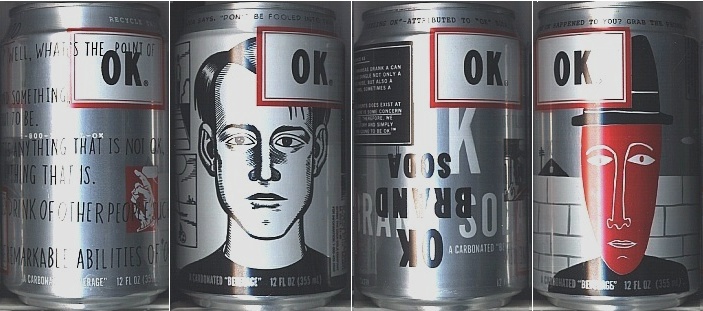
11. OK Soda
OK Soda stands as one of Coca-Cola’s most intriguing and, perhaps, strangest experiments in anti-marketing history. Launched in 1993, this beverage aimed squarely at Generation X, a demographic often characterized by its cynicism and disillusionment. Instead of traditional upbeat advertising, OK Soda embraced a nihilistic, ironic stance, with the rather understated and deliberately ambiguous slogan: “things are going to be okay.”
The brand’s aesthetic was equally unconventional, featuring alternative comic book art on its minimalist gray cans, a striking departure from the vibrant, often saccharine packaging of its contemporaries. This daring approach sought to connect with a youth culture that distrusted overt commercialism, creating a beverage that was, in essence, cool precisely because it didn’t try too hard to be. It was a fascinating case study in understanding a specific subculture.
However, despite its unique positioning and a cult following among those who “got” its irony, OK Soda ultimately failed to connect with a broad enough consumer base. The brand’s manifest, while intriguing to some, proved too niche for mainstream appeal, and it disappeared from shelves within a year. Today, those distinctive cans, adorned with their alternative comic art, now command higher prices as collectible art than the beverage ever did, proving that sometimes the container outlives the product it once held, especially when it’s a true piece of cultural commentary.
Read more about: Instant Home Hero: Genius Amazon Finds That Obliterate Annoying Household Problems Instantly
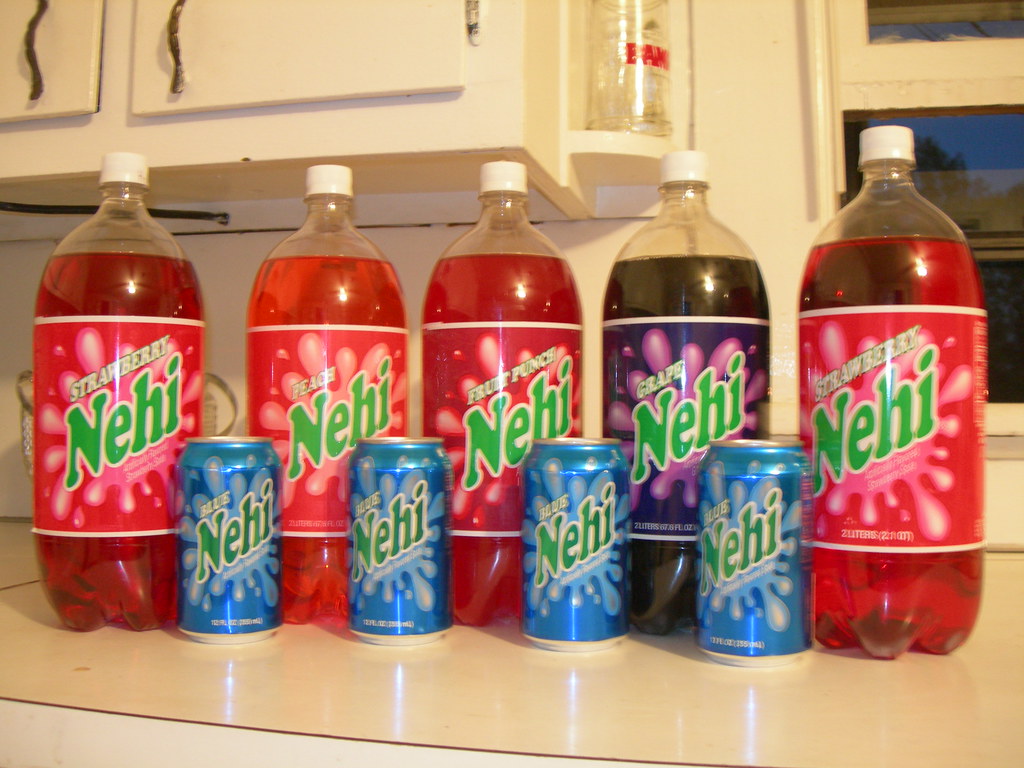
12. Nehi
Nehi is a name that resonates with a bygone era, a testament to enduring quality that allowed it to thrive even through the economic turmoil of the Great Depression. Introduced in the 1920s, this fruit-flavored lineup distinguished itself with tall, distinctive bottles that immediately stood out on soda shelves, a visual cue of its unique market position. Its grape, orange, and peach varieties proudly proclaimed themselves to be “naturally better.”
The brand’s claim of natural goodness resonated with consumers, and its delicious flavors ensured its popularity through the 1930s and into World War II. Nehi’s ability to maintain its presence and popularity during such challenging times speaks volumes about its product quality and consumer loyalty. It wasn’t just a fleeting trend; it was a staple that offered comfort and refreshment during difficult years, earning a deep connection with its drinkers.
However, after Royal Crown took over the brand in the 1950s, Nehi, despite its strong legacy, began a slow decline. As market dynamics shifted and larger brands dominated advertising, its prominence faded during times of prosperity, ironically after surviving economic catastrophes. Today, vintage Nehi bottles are cherished finds in antique shops and on collector shelves, preserving the memory of a brand that once epitomized fruit-flavored soda excellence, a tangible link to a rich history of American beverages.
Read more about: Unmasking the Silent Threat: 11 Critical Insights into Vitamin D Deficiency and Its Impact on Your Health
Our journey through the fizzy, forgotten corners of the beverage world has been a vibrant, often surprising, ride. From marketing missteps to ahead-of-their-time innovations, each discontinued drink tells a tale not just of a product, but of an era. They remind us that even the most beloved or boldly conceived beverages are subject to the fickle winds of public taste and the shifting tides of corporate strategy. While these classic soft drinks may have flat-out disappeared from grocery store shelves, their stories continue to bubble up, offering a nostalgic sip of a time when the possibilities of refreshment seemed endless, and every new bottle held a promise of a unique taste adventure. So, here’s to the lost libations—may their memory never fade, and their unique place in our collective consciousness remain uncorked for generations to come.

